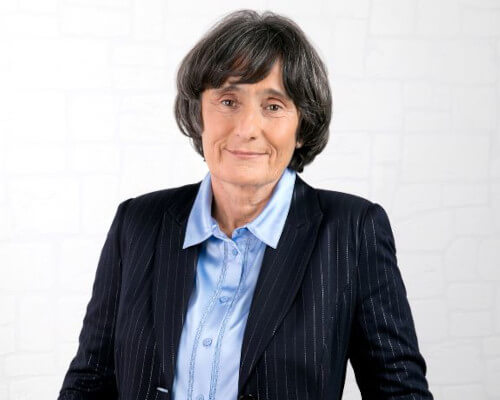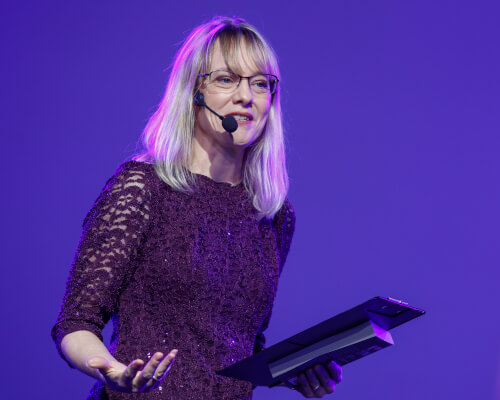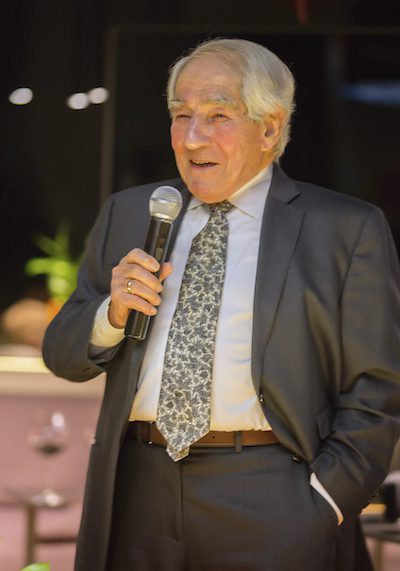 By Joe Borgatti
By Joe Borgatti
A version of this presentation was delivered in 2011 at Harvard Business School on the 60th reunion of the class of 1951, by Joseph J. Borgatti, director emeritus of the America for Bulgaria Foundation and former chair of the Bulgarian-American Enterprise Fund.
Once in a while a big idea avoids the black hole down which foreign aid seems to disappear. One big idea was the creation of enterprise funds to invigorate the economies of the former members of the Soviet bloc. In the early 1990s, as communism crashed, the US Congress passed the SEED Act to establish venture investment entities (enterprise funds) to spur economic growth in Russia, Poland, Ukraine and Moldova, the Central Asian countries, Hungary, Slovakia and the Czech Republic, Romania, Bulgaria, the Baltic states, and Albania. They were publicly funded (it was yet too risky to attract private investment) but privately managed by volunteer (read: unpaid), independent boards. This was capitalist-led development at its more adventurist.
Usually, foreign aid goes out once and that’s it. But the enterprise fund money went out, got paid back, and was recycled to businesses again and still again. And when their 15-year mandate was up, while two of the ten had failed, which is about par for the course in venture investing, the enterprise funds had 41 percent more in capital than they had started with. In the process, they had created thousands of jobs and enterprises, developed the products and institutions of the modern financial market, such as mortgages and stock exchanges, and set a standard for correct corporate behavior. Several of the funds returned half the original capital back to the US government and used the remaining money to endow legacy foundations in their respective nations to further their development as modern European democracies.
This is the story of one of the enterprise funds, the Bulgarian-American Enterprise Fund (BAEF), on whose board the same ten directors had been sitting for 15 years. The Bulgarian fund started with $58 million in the European Union’s poorest country—a market of barely 7.5 million people that had never known capitalism—and finished with over $400 million, for a gain of 800 percent. They didn’t just make a ton of money; they made a reputation as people to be trusted who had made a positive difference in a lot of lives. The Bulgarian-American Enterprise Fund and its then-owned bank, the Bulgarian-American Credit Bank, became a beacon of integrity.
Bulgaria in the 1990s was a tough place to invest. After 50 years of communism, it had everything to learn about capitalism and democracy. Meanwhile, the old communists were taking what they could get, corruption had come to be a way of life (Bulgaria earned a rating of the most corrupt country in the 27-nation EU), and democratic government was toddling. By the middle of the decade, the strains would bring an economic as well as political meltdown, with inflation reaching 3,000 percent in 1997 and banks collapsing all around.
It was bumpy sledding for BAEF. Its first three investments went sour for some $2 million, perhaps not so unusual in a business where the lemons tend to ripen first. But this was followed by the loss of some $500,000 when loan payments remitted by farmer clients disappeared within the banking system. The Bulgarian Central Bank president’s response to our complaint was to suggest starting our own bank.
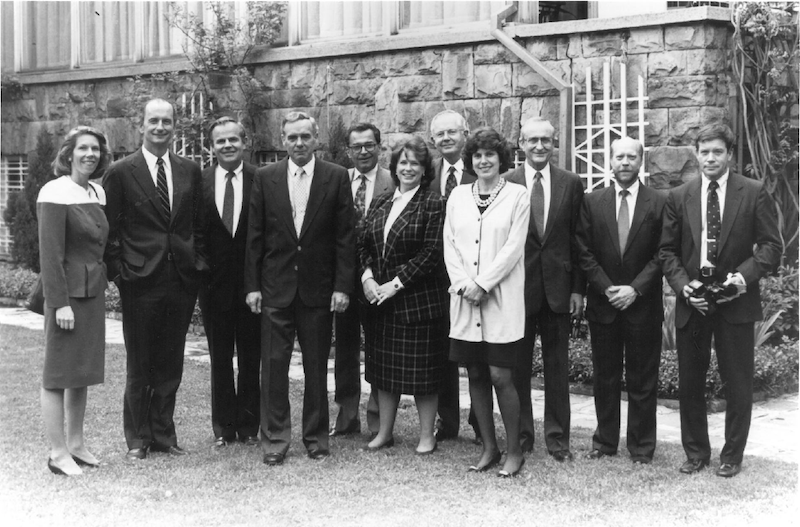
Despite the adverse developments, the BAEF persevered and came back. We stopped listening to the bureaucrats and altered our strategy away from equity investing into secured financing. And by then, having gained knowledge of the local environment, we turned opportunistic. With the banking system in trouble in 1996, we perceived a need for 5-10-year financing among small enterprises whom no one was financing. Therefore, we took the Central Bank president at his word and started a bank of our own. The opportunity had come about because the 35 banks in the country, mostly subsidiaries of European banks plus a branch of Citibank, were not doing much local lending. They felt safer buying euro government bonds with the depositors’ money. So, we took the plunge, even though only one in our group had actual bank experience, and he had been away from banking for some 30 years.
Another opportunity turned up in the country’s ski and sea resorts, which needed to upgrade for tourism. We started by financing mom-and-pops in the mountains to add a room or two to become bed and breakfasts, and in the process we learned how to get equity-type returns on our loans. With this acquired experience, we moved to the Black Sea beaches, which were attracting tourists from Germany, Russia, and Britain. What we offered, which no one else was doing, was to provide financing to the managements of the ageing communist-built hotels on the Black Sea to privatize and then to refurbish them. Eventually, we did some 250 such transactions, becoming the bankers to the hotel sector.
From day one, our bank, the Bulgarian-American Credit Bank (BACB), was “different.” It shunned the so-called conglomerates (read: corporations) and concentrated on lending to small and medium enterprises. The bank did not go after deposits but funded itself through buying money wholesale in the market, whether from European banks, European aid agencies, or the IFC (International Finance Company, part of the World Bank), and of course investment from our own BAEF. This unique funding model allowed BACB to match the maturities of the money borrowed to those of the money lent, which was generally for periods of five or more years.
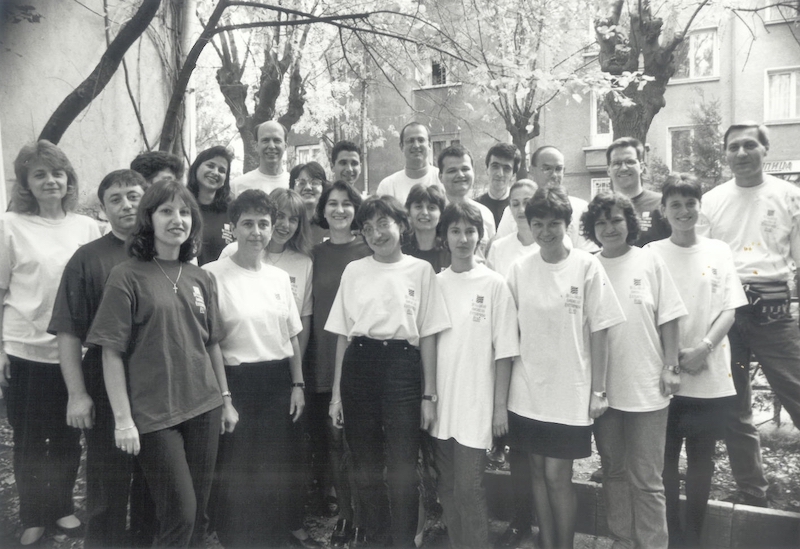
BACB’s game, in the words of its then-CEO, was making calculated judgments about people. It came to know its clients well and to know the businesses they were in. It differed from the typical commercial banks because it did one thing and did it well—make a collateralized loan of five to ten years’ maturity. This strategy became viable through a process of careful selection of staff and wise mentoring with the aid of directors. The bank introduced mortgage lending, but not so much for homes. Some 70 percent of its mortgage loans were business loans to SMEs. BACB developed great expertise in client screening and loan structuring, but also in close supervision of loans and timely restructuring. And when necessary, the bank also tapped into the real estate expertise built up in the Fund.
BACB came to earn ratings by agencies, within and without Bulgaria, year after year, for a decade, as the most profitable bank, the best managed one, etc. When, in 2008 as part of our wind-down, BAEF sold the bank, it went for a record price.
The Fund, meanwhile, was not just lending to builders and promoters but also developing properties itself through a property management subsidiary, BAPM, which was constructing and selling office buildings, apartments, homes, shopping centers, even a gated community. At the same time, BAEF/BAPM was helping to create the other financial products and institutions of a free market economy such as pension funds, REITs, plus special-purpose vehicles containing packages of our secured loans that offered interesting yields to pension funds and other investors. The Fund’s management also built a profitable leasing company, which it later sold off for a large gain (48 percent IRR).
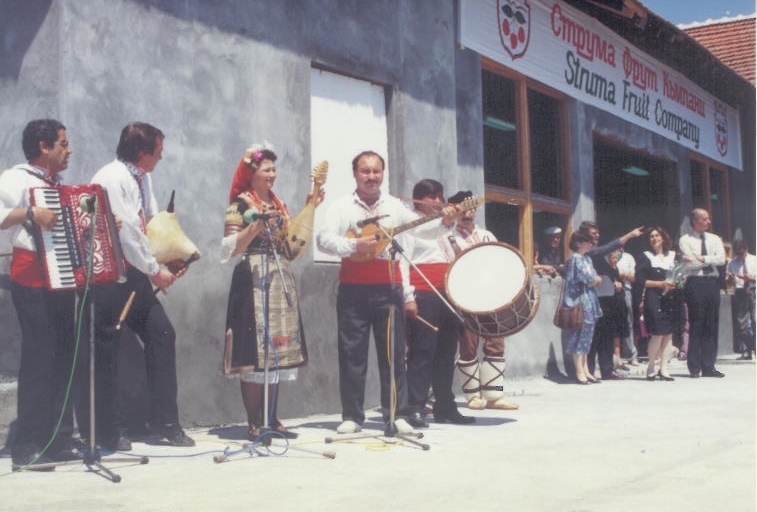
By now, you should be wondering how on earth all of this came about, given our awful start and the state of things in Bulgaria. There were three reasons for the group’s success: capital (money and people), strategy, and leadership.
Although one study said that the Fund had too little capital to be self-supporting, it seemed about the right amount of money to get something good going. And experience showed that we could hire good, young if unprepared people. That latter condition was remedied by providing training on the job and making advanced education in business available to all. The result was that 77 percent of the staff came to hold master’s degrees in business.
As for strategy, it took four-five years to get it right. We needed to understand Bulgaria and come to terms with the environment before we could develop a business model that fit the place and times. The strategy of innovatively financing the smaller entrepreneur through secured lending at term was a winner that became more doable as conditions began improving. That happened because the pull of being able to qualify for entrance into the European Common Market forced Bulgaria to take measures that brought a certain political and financial stability.
But it was leadership that carried us through the bad patches into our great years and was the determining factor. It was the leadership of a CEO who persevered and led us back from a losing situation. He worked with his people to develop their effectiveness, was willing to scrap what didn’t work for what could, saw where to go, and innovated to get there.
It was also leadership by the chair of the board that ensured full debate of issues—the mark of a great board. More than once a member has remarked: “Best board I ever served on.” The chair achieved an activism where board members applied their particular skills and experiences to help develop opportunities or solve problems working with the staff.
As mentioned, in 2008, the US government allowed us to use the $400-plus million gained from our venture in Bulgaria to endow a foundation in that country, the America for Bulgaria Foundation. Our mission is to help Bulgaria become a modern European democracy. We have brought over from the Fund and the Bank the same systems and procedures for working with people who get money from us, plus the same CEO and Board, and a few staffers, including our chief operating officer. To enhance this group, we have added a few very key professionals from outside our universe. To date, we have approved some $47 million in 210 grants distributed in six areas: Art & Culture, Agriculture, Archeology & Tourism, Civil Society, Economically Disadvantaged, and Education & Libraries.* Early reports plus our own feel suggest that the Foundation is on the way to making a positive difference in the social and business life of the country.
Cambridge, Massachusetts, United States, 2011
*As of 2019, the Foundation has donated more than $200 million in nearly 900 projects in four priority areas: Cultural Heritage & Tourism, Business, Entrepreneurship & Technology, Business Enabling Environment, and Human Capital Development & Retention.
